How To Safely Use A Meat Slicer
A meat slicer is a thing of beauty for any home cook who loves deli-thin prosciutto, perfectly even veggie platters, or homemade sandwich stacks. But this kitchen powerhouse demands respect. Improper use can lead to nasty cuts.
This guide dives into everything you need to know for safe and effective meat slicer operation.
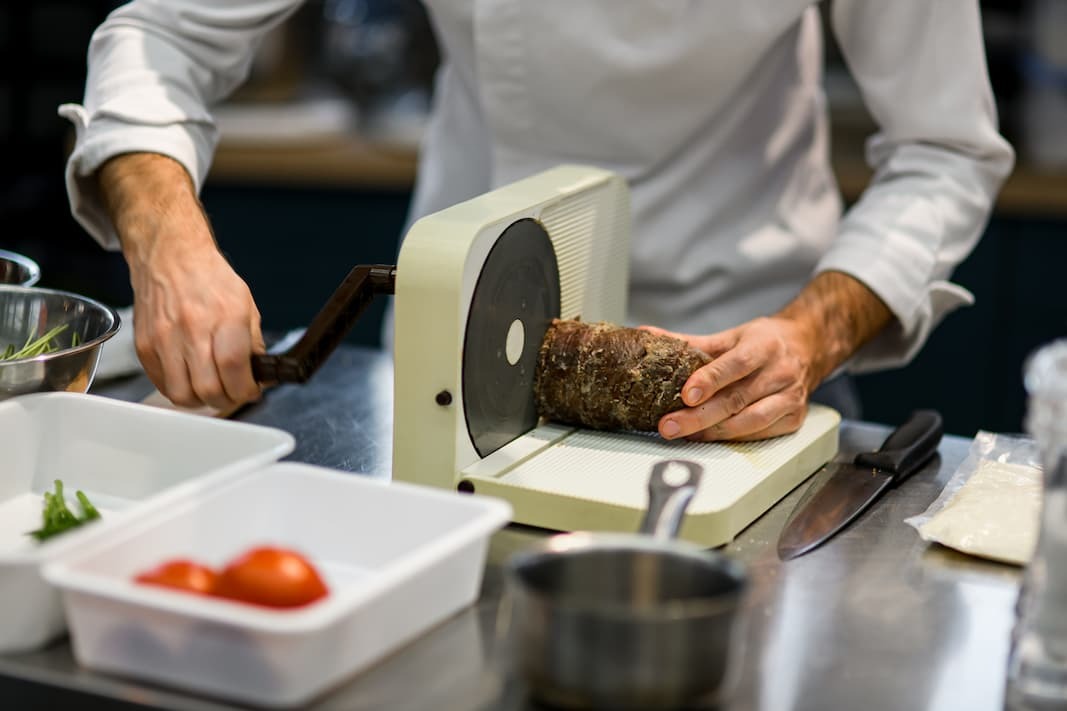
Before You Begin: Safety Gear is Non-Negotiable
Think of this as your meat slicer uniform, never start slicing without it:
Cut-Resistant Gloves: These are your best defense. Even a well-honed slicer can slip. Gloves drastically reduce injury risk.
Safety Glasses: Tiny food particles can fly off during slicing. Protect your eyes!
Clean Cutting Board: A stable, non-slip cutting board is essential. Choose one large enough to comfortably accommodate the slicer's carriage.
Step-by-Step Slicing: A Safety Checklist
Unplug and Assemble: Always unplug the slicer before assembling or cleaning. Attach the blade guard and food pusher securely.
Chill, But Don't Freeze: Partially frozen meat is easier to slice thinly. Aim for a slightly firm texture, not rock-solid.
Adjust Thickness: Set the desired thickness using the slicer's adjustment knob. Start thicker, then fine-tune as needed.
Use the Food Pusher: Keep your fingers far from the blade! The food pusher guides food safely while maintaining a consistent distance.
Smooth and Steady Wins the Race: Don't force it! Use slow, even strokes, letting the blade do the work. Avoid jerky movements.
Partial Slices Only: Never try to slice completely through a piece of food in one go. Leave a small portion attached to prevent your fingers from getting too close to the blade.
Power Down Between Slices: If you need to readjust the food or thickness, turn the slicer off and wait for the blade to stop completely.
Cleaning and Maintenance: A Clean Slicer is a Safe Slicer
Unplug and Disassemble: Always unplug the slicer before cleaning! Remove the blade, food pusher, carriage, and blade guard.
Wash and Dry Thoroughly: Wash removable parts in hot, soapy water. Some parts may be dishwasher safe (check your manual). Dry all parts completely to prevent rust.
Handle the Blade with Care: Use a designated blade brush to clean the blade, working from the center outwards. Avoid using abrasive scrubbers.
Lubricate Regularly: Consult your manual for specific lubrication instructions. This ensures smooth operation and prevents premature wear.
Store Safely: Once clean and dry, reassemble the slicer and store it in a safe, dry place, out of reach of children.
Choosing the Right Meat Slicer: Factors to Consider
Blade Size and Material: Larger blades are better for larger cuts of meat. Stainless steel blades offer durability and rust resistance.
Motor Power: A powerful motor ensures smooth slicing, even through tougher cuts.
Safety Features: Look for models with features like a blade guard, food pusher, and safety switch.
Ease of Cleaning: A slicer with easily removable parts makes cleaning a breeze.
Final Slice: Prioritize Safety
A meat slicer can be a game-changer in your kitchen, but it's not a toy. By following these safety guidelines, you can enjoy perfectly sliced food with peace of mind. Remember, a moment of caution is worth a lifetime free of slicer-related injuries.
Must-Read Blogs For Chain Restaurants Owner








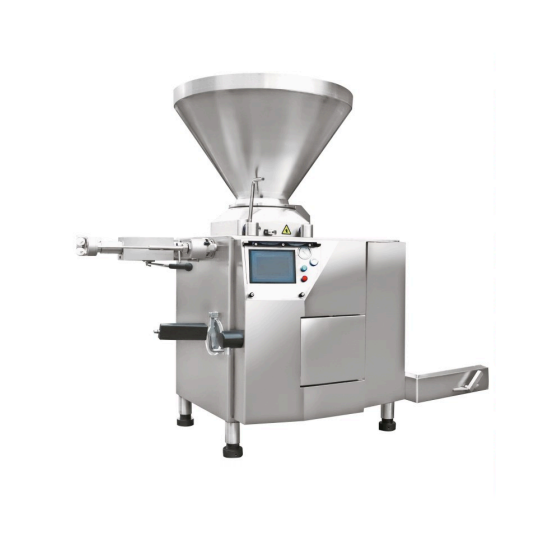
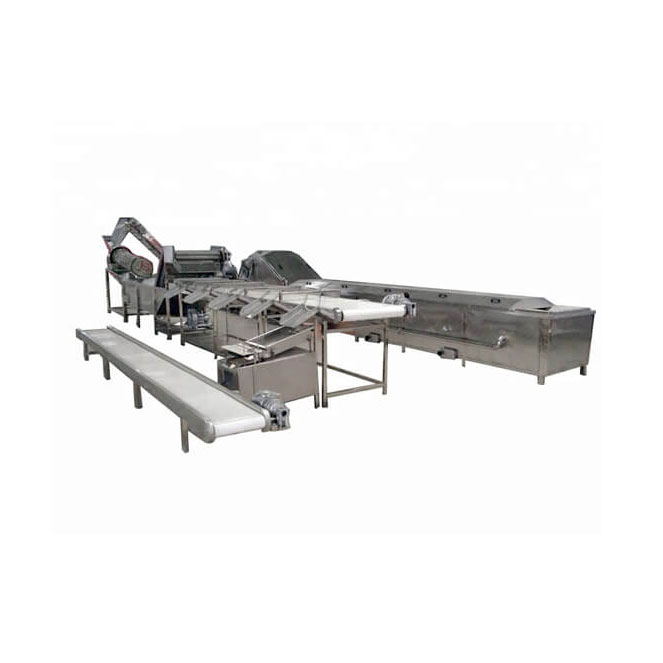
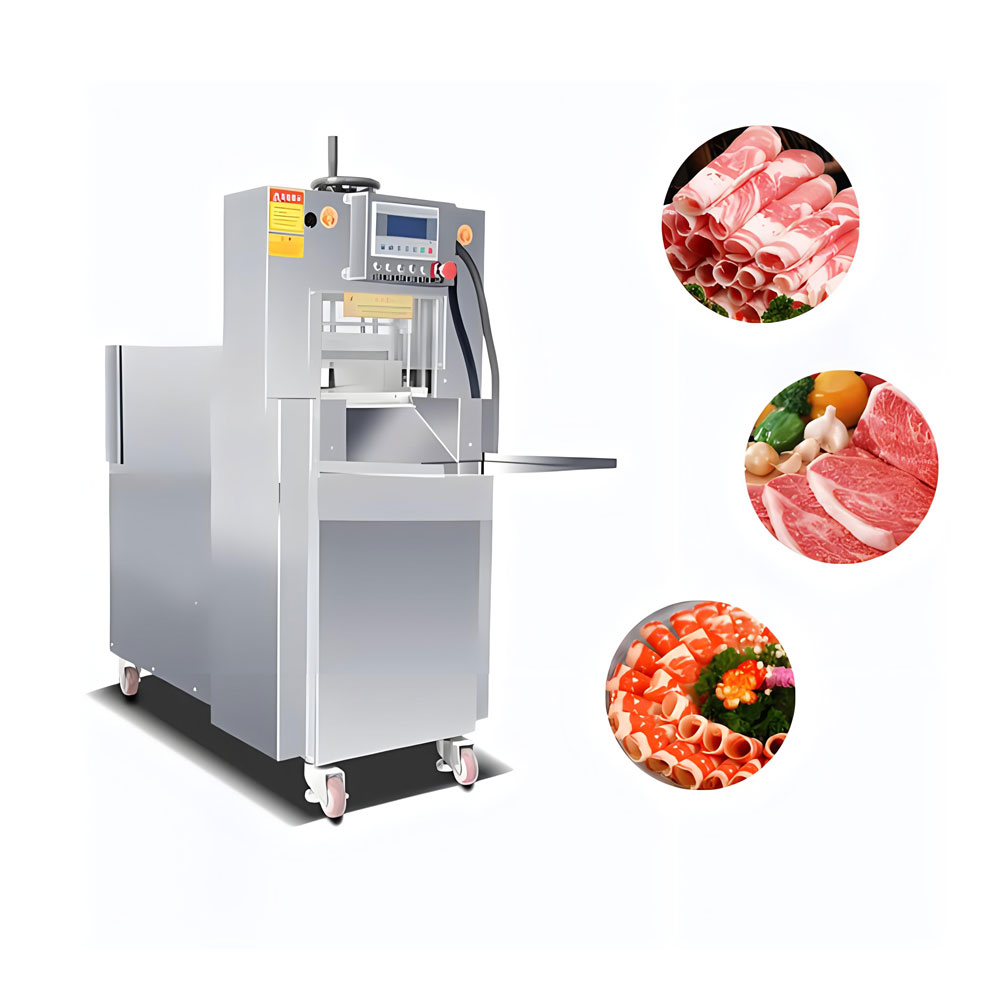
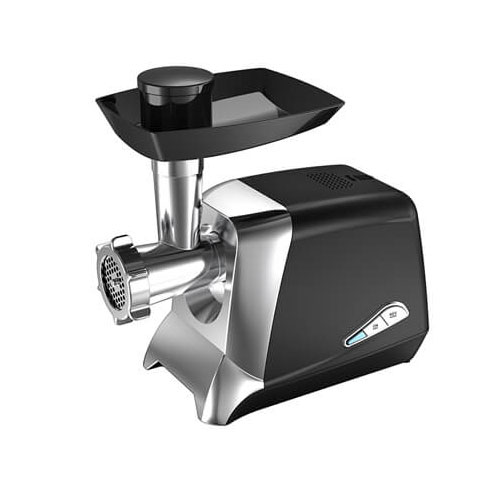 Household Meat Grinder
Household Meat Grinder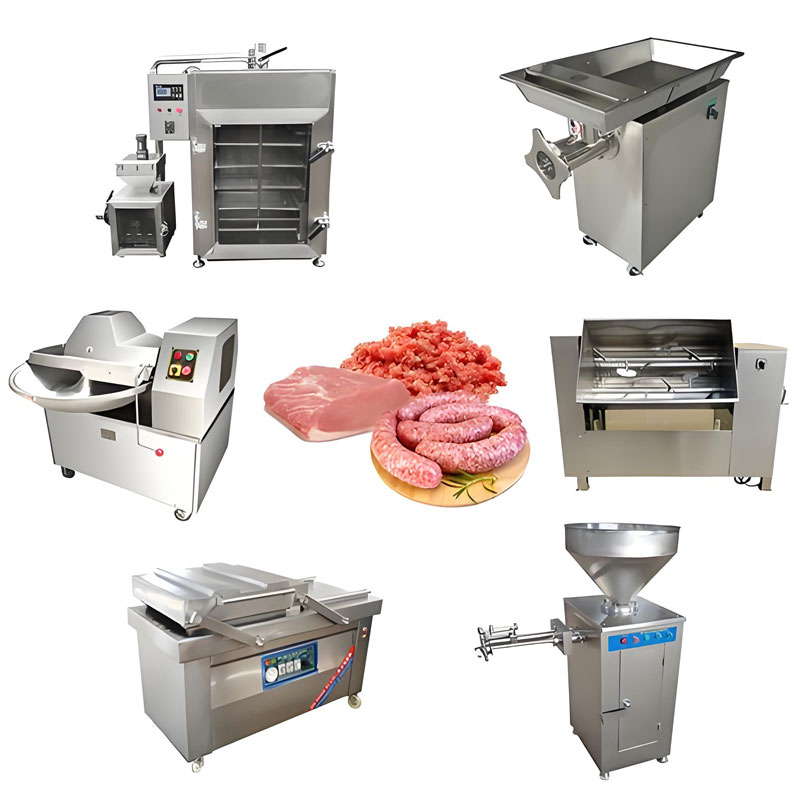 Sausage Stuffer Machine
Sausage Stuffer Machine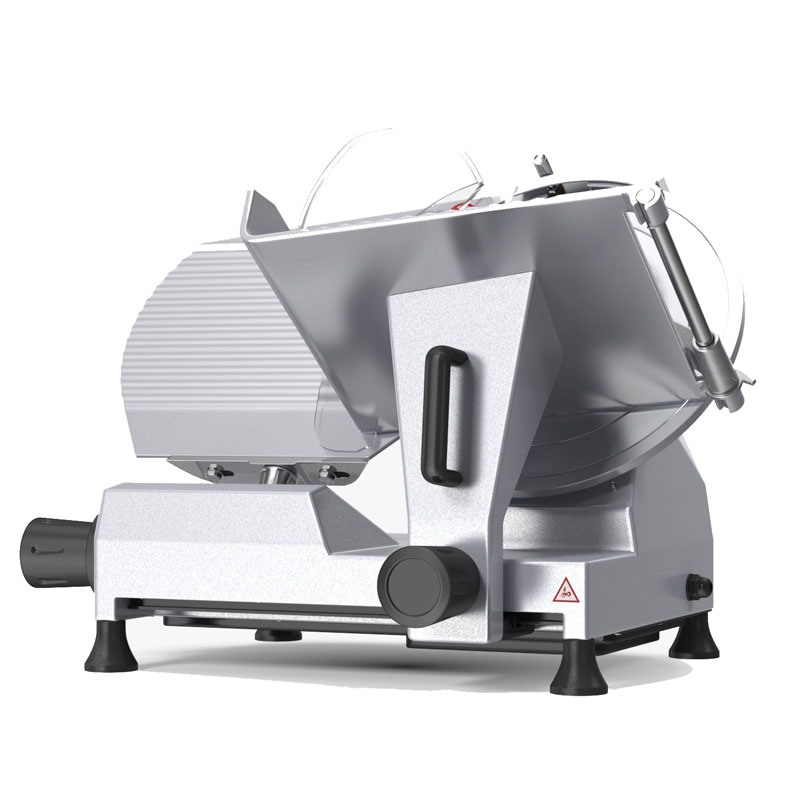 Heavy Duty Meat Slicer Machine
Heavy Duty Meat Slicer Machine
Ready to Get Started?